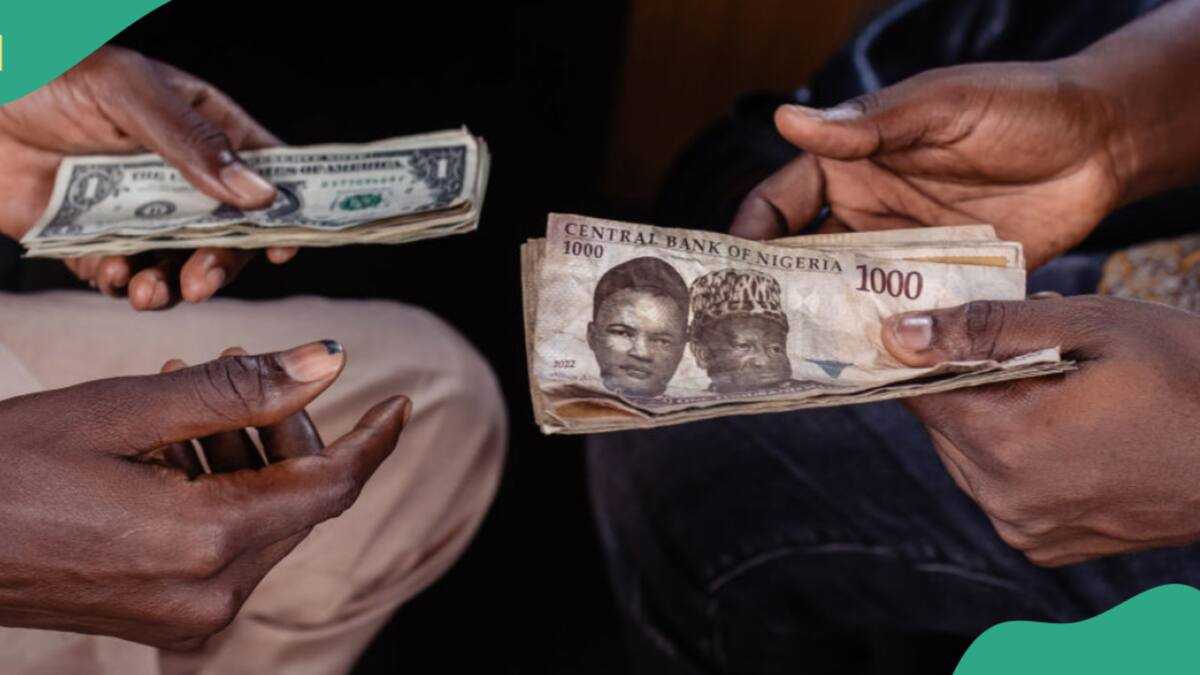Real-world Implementation of a Noninvasive, AI-augmented, Anemia-screening Smartphone App and Personalization for Hemoglobin Level Self-monitoring
5-13-2025
Anemia, characterized by low blood hemoglobin (Hgb) levels, afflicts >2 billion individuals worldwide. Here, we report real-world data generated by a smartphone app that noninvasively screens for anemia using only “fingernail selfies.” App data for anemia screening were obtained from >1.4 million uses across the United States enabling geographic mapping of Hgb levels. Of those, 9,061 users also self-reported complete blood count Hgb levels for comparison, resulting in accuracy and performance that match gold standard laboratory testing and a sensitivity and specificity of 89% and 93%, respectively, when using an anemia cutoff of 12.5 g/dL. Geotagged data enabled construction of an “anemia map” of the United States, which demonstrated that Hgb levels correlate with socioeconomic status, and that the app is more likely to be used in counties with higher median income counties, more Black residents, and more primary care physicians. In addition, “personalization” of the app’s AI-augmented algorithm empowers self-monitoring of Hgb levels for those already diagnosed with anemia, such as chronic kidney disease (CKD) patients. After personalization, the app’s mean absolute error improved from 1.36 to 0.74 g/dL (P = 3.13E-11) and from 0.69 to 0.57 g/dL (P = 0.006) for CKD patients and real-world users with known anemia, respectively. Given its scalability, noninvasiveness, and geotagging capabilities, this app has the potential to enhance public health initiatives by screening an entire population for anemia coupled with geographic mapping. Moreover, personalization of the app enables individuals to serially monitor their Hgb levels instantaneously and remotely.
R.G. Mannino, J. Sullivan, J.K. Frediani, P. George, J. Whitson, J. Tumlin, L.A. Lyon, E.A. Tyburski, & W.A. Lam, Real-world implementation of a noninvasive, AI-augmented, anemia-screening smartphone app and personalization for hemoglobin level self-monitoring, Proc. Natl. Acad. Sci. U.S.A. 122 (20) e2424677122, https://doi.org/10.1073/pnas.2424677122 (2025).
DOWNLOADS
Since May 16, 2025
COinS









